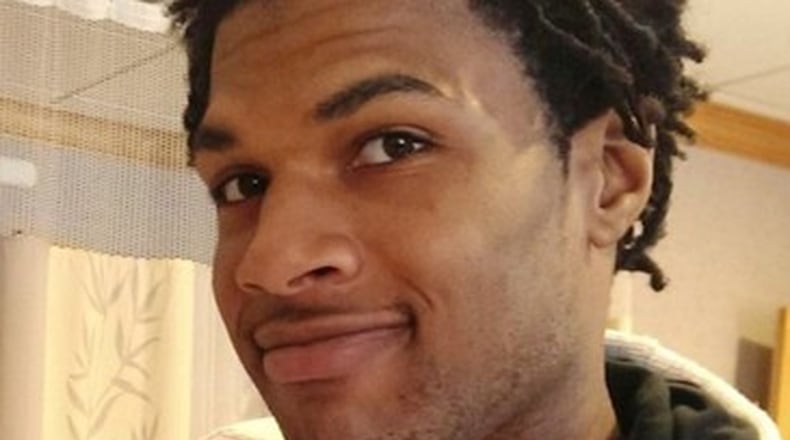PHOTOS: Hundreds march for social justice in Kettering
Gov. Mike DeWine said this week that Ohio needs to shore up police training in implicit bias, de-escalation techniques and recognizing mental health challenges; recruit more people of color to serve as officers; make sure all law enforcement agencies adopt best practices on the use of force; and increase oversight, transparency and accountability of police agencies.
He is expected to discuss the issues in more detail at his news briefing Thursday, June 4.
RELATED: DeWine on protests: ‘This is truly our moment to do the hard work’
Five years ago, DeWine, who was then Ohio attorney general, rolled out more than two dozen recommendations, including requiring candidates seeking to be officers to meet basic criteria and a tenfold increase in annual training for current officers.
While basic standards were elevated for police officer candidates, the ongoing training requirement was increased right after the recommendations but then eliminated once state funding evaporated.
Other than firearms qualifications, officers are not mandated by the state to take ongoing training in Ohio.
Dayton mayor vows police changes; some black leaders skeptical
Also five years ago, then-Gov. John Kasich’s task force — Ohio Task Force on Community-Police Relations — made eight recommendations, including setting a statewide standard for the use of force and deadly force and prohibiting racial profiling.
That group, which is now named Ohio Collaborative Community-Police Advisory Board, issues annual reports that track progress.
A report issued in March 2020 found 591 of Ohio's 868 law enforcement agencies have been certified in the standards. Those 438 agencies include 78% of Ohio's 32,242 peace officers.
Austin Harris, who served on the Kasich task force, said: “We made great strides. Doing something is better than doing nothing. But I think there is still work left to be done.”
The next big step is to get all departments statewide to follow the recommendations, said Harris, a 2017 graduate of Central State University who is now a software developer in Columbus.
DeWine and Kasich each appointed task forces to examine police-community relations issues after Beavercreek police officer Sean Williams shot 22-year-old Crawford dead as he held a BB/pellet rifle he had picked up from a Walmart store shelf while shopping in August 2014.
RELATED: DeWine wants uniform standards for police
RELATED: Ohio police officers need more training, task force report says
At the time, Ohio law didn’t require candidates seeking to be police officers to have a diploma, pass a drug test or meet a physical fitness standard. State law was changed to require those minimum standards and basic training hours for police candidates increased to 737 hours, up from 650 hours.
DeWine wanted annual ongoing training hours to increase to 40, up from four hours, and to cover topics such as constitutional use of force, de-escalation tactics and recognizing implicit bias.
The state budget in 2016 and 2017 provided money for training reimbursement. Required annual training hours increased to 11 and then 20 hours. But the 2018-19 budget did not include training reimbursement money so the Ohio Peace Officers Training Academy dropped the mandated continuing professional training, according to the 2019 OPOTA annual report.
Current Ohio Attorney General Dave Yost’s office recently laid off more than two dozen trainers at OPOTA and is restructuring courses to be taught by experts in each field of study, said Yost spokeswoman Bethany McCorkle.
Oregon Police Chief Michael J. Navarre, a former member of the Ohio Collaborative Community-Police Advisory Board, told Yost in a May 28 letter that annual professional training hours should be required, even if state reimbursement funds aren’t available.
“Training is a responsibility of the chief of police. Law enforcement agencies that cannot afford to train their officers should not be police agencies, they should merely contract with a neighboring department or the county sheriff,” Navarre said in the letter. “Every profession recognizes the importance of ongoing training — doctors, lawyers, nurses, plumbers, electricians and auto mechanics to name a few. Police departments should be no different.”
Navarre also said he has unsuccessfully pushed for required disclosure to OPOTA the reason why an officer leaves a police department. Right now it is optional, which can lead to other police departments hiring someone who resigned while facing discipline, Navarre said.
About the Author

